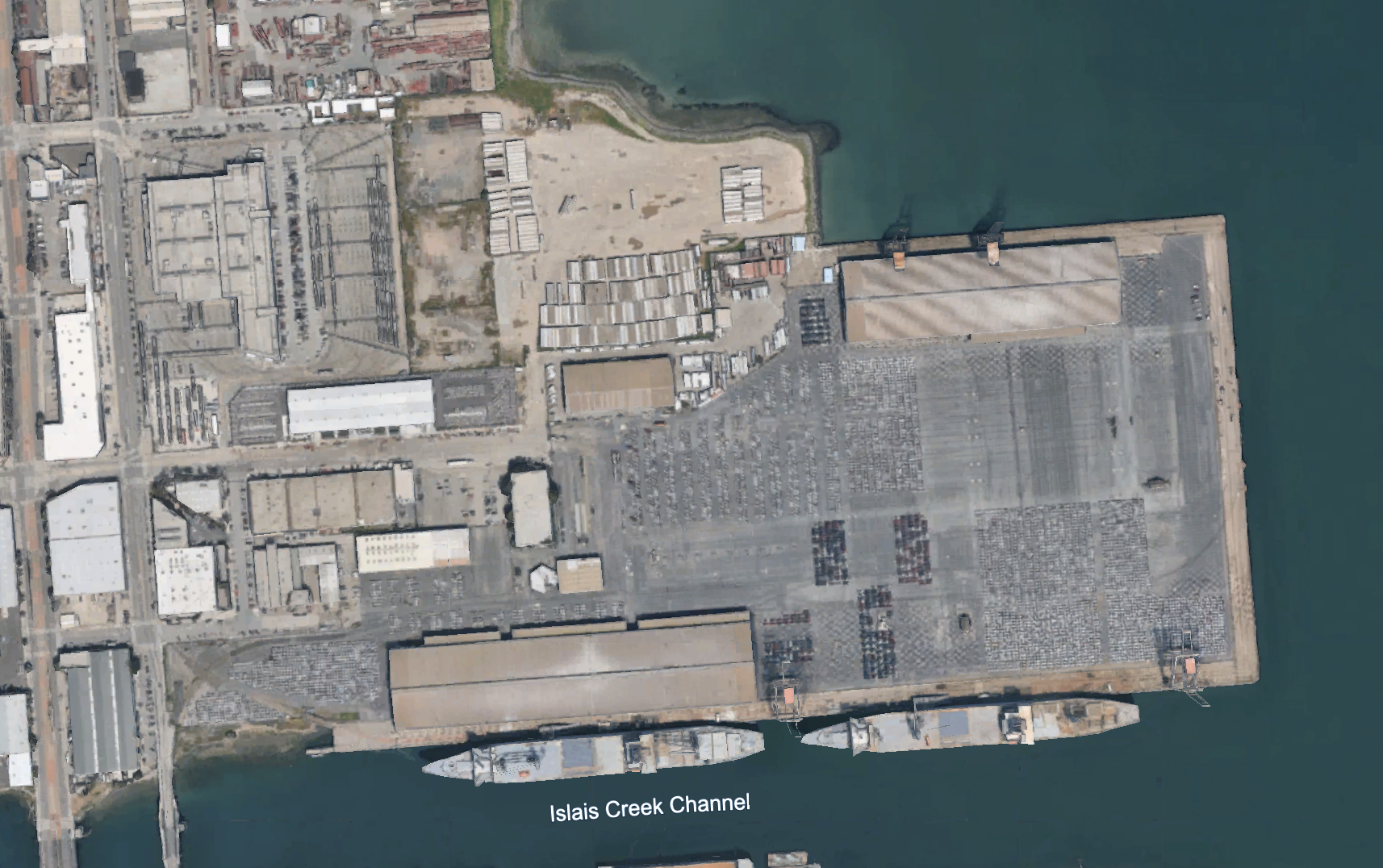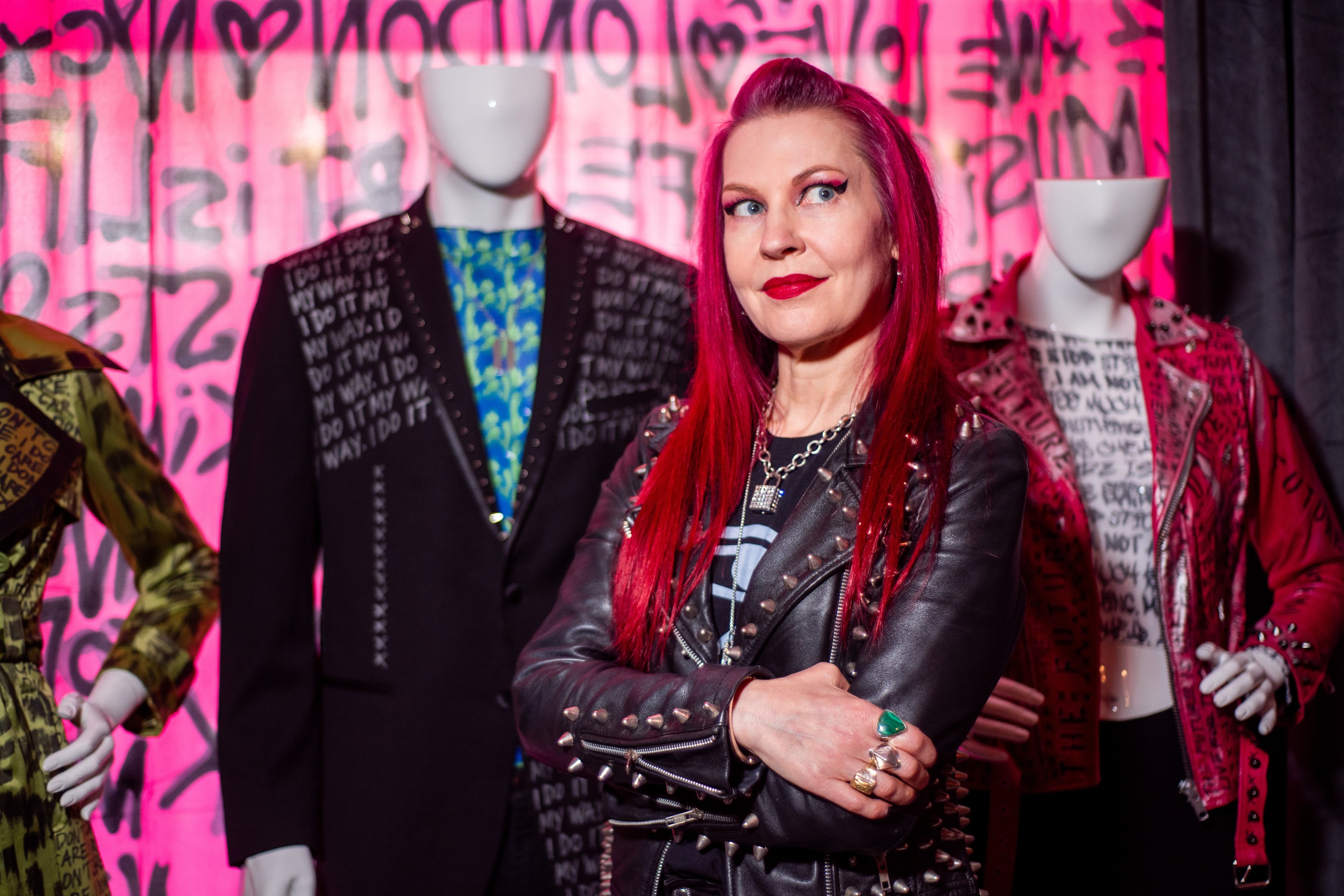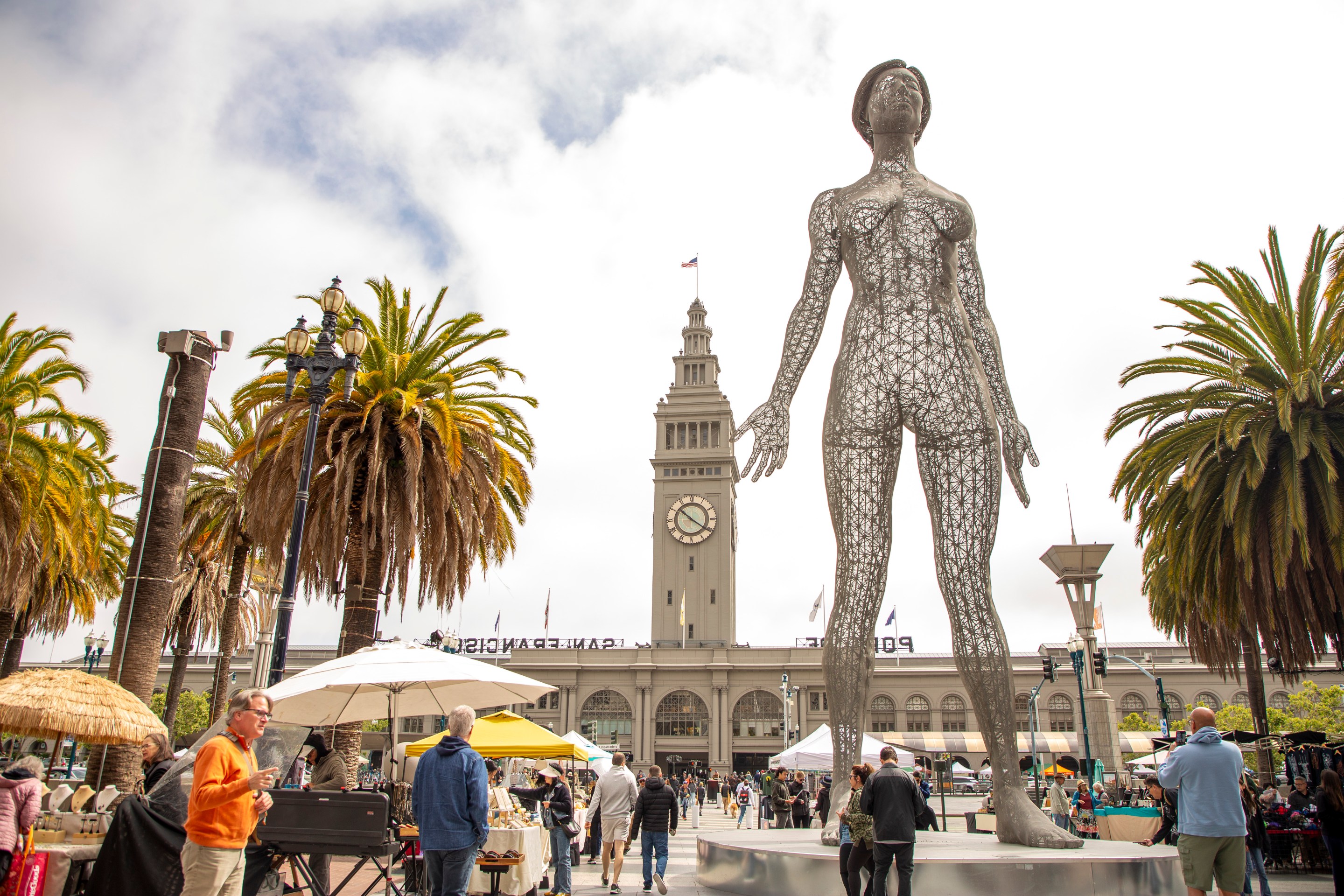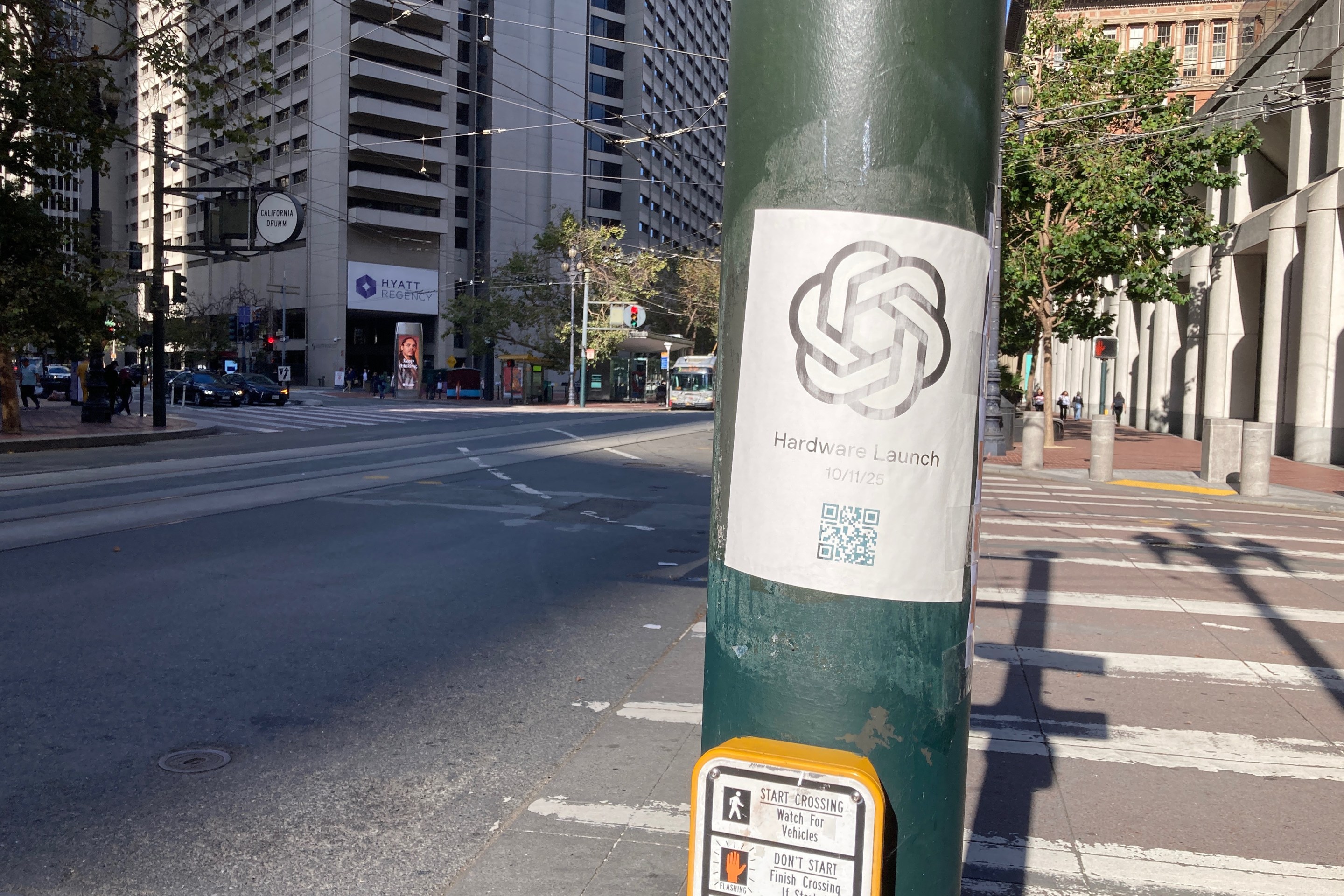
Chat Room Season 2 goes analog
Although crime rates in San Francisco have fallen over the past year, the city’s drug crisis remains a pressing and visible problem. Public use and medical emergencies are still a major problem in neighborhoods like SoMa, the Mission, and the Tenderloin. The number of overdoses in the city continues to trend upward, despite a drop in 2024. This crisis has fueled an ongoing debate about how to help users and what to do about the addiction epidemic.
The San Francisco chapter of the Republican Party, better known as SFGOP, has what it thinks might be a “solution” to the crisis: Converting Pier 80, which is currently used by cargo ships, cruise lines, and the annual Portola Festival, into a “large scale treatment center.”
This idea is trumpeted on the SFGOP’s homepage as part of a three-point plan to address the city’s biggest issues. The other two ideas — adding 500 new officers to the San Francisco Police Department and denying sanctuary city protections to “fentanyl dealers” — are oft-repeated talking points from last year’s election cycle.
Building a massive drug treatment facility at Pier 80 is a new idea for San Francisco, but by no means novel. Indeed, many cities have tried to centralize services for residents struggling with addiction and poverty. These services have often involved cordoning already vulnerable people on the outskirts of the urban landscape.
Despite the Pier 80 plan being on its homepage, SFGOP spokesperson Nicholas Berg told Gazetteer SF that it was merely part of a website redesign, and remains only a “preliminary idea” that is “being flushed out [sic] by our committee.”
Berg did not answer any follow-up questions from Gazetteer regarding the origin of the Pier 80 idea, but did expound on the city’s need to confront “desperate, full-time addicts.”
“We need to secure more on-demand drug treatment,” Berg wrote in an email. “We need to think big.”
“Progressives appear to believe that enabling people with drug addiction is compassionate. We disagree. The city needs to take a more assertive approach towards drug treatment to restore order and to save the savable.”
Berg emphasized that the Pier 80 plan is aimed at people struggling with chronic addiction, not general homelessness, but the entangled nature of the two crises makes separating them a challenge. While some people assume that drug addiction is a leading cause of homelessness, research shows the reverse: Becoming homeless is often a trigger for drug addiction, per studies shared by the National Coalition for the Homeless. Drug use may be a coping mechanism, especially in younger people, according to researchers funded in part by the Center for Social Work Research at the University of Texas at Austin.
That’s why Christin Evans, a former longtime commissioner for San Francisco’s Homelessness Oversight Committee, tells Gazetteer that centralized treatment plans like the Pier 80 idea are challenging to pull off.
“This is not a new concept,” Evans told me. “For instance, there’s been discussion in the past about using Cow Palace, or even a cruise ship, as a kind of mega-shelter for homeless people and those with chronic addiction. I think it fails to understand that substance use disorder is not a monolithic problem.”
Evans pointed to the “Houston model,” which combines supportive housing with a “campus” setting that offers everything from haircuts to sobriety counseling, as a positive example of a centralized plan. However, other locations like Los Angeles’ Skid Row, which was transformed over the 20th century from a working-class hub into a “containment zone” for the poor, have compounded problems by forcing vulnerable individuals to seek help in a chaotic, violent, under-resourced area.
SF has already tried centralized services, as with the Maria X Martinez clinic in the Civic Center, but political leaders in the city are now pushing smaller-scale addiction and homelessness services in every neighborhood, not just a few. To Evans, warehousing a population of people with addiction is “politically unrealistic” but “very much present in the city narrative.”
Nonetheless, calls to involuntarily commit people with severe addiction have grown louder, including from figures like Supervisor Matt Dorsey, who earlier this year called for compulsory treatment programs for people who don’t consent to accept help. It’s a popular talking point among more conservative, law-and-order members of the Board of Supervisors.
However, some research suggests that involuntary programs to treat addiction can actually worsen the individual and citywide crisis. The Drug Policy Alliance, which advocates for drug law reforms around the country, noted in its 2024 report that forced treatment often leads people to abandon medical support and can increase the rate of overdoses.
These are the sorts of details the SFGOP must take into account as it “flushes out” its vision for Pier 80. They’ll also need buy-in from elected officials and civic leaders. Natalie Gee, chief of staff for Supervisor Shamann Walton, whose District 10 includes Pier 80, told me that they had never heard of the SFGOP’s proposal until Gazetteer reached out.
“Given that Pier 80 is in District 10 and such a facility would have major implications for the surrounding community, it’s disappointing they haven’t engaged with the appropriate city departments or our office or even the surrounding community,” Gee said. “At this time, we don’t have a comment on the proposal. But if the SFGOP is serious about addressing the drug crisis, they should start by working with the people and departments actually doing the work.”
Text us tips and we'll send you stories.






